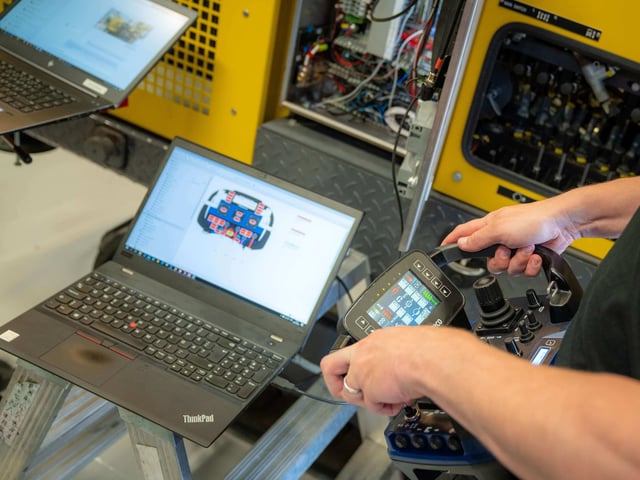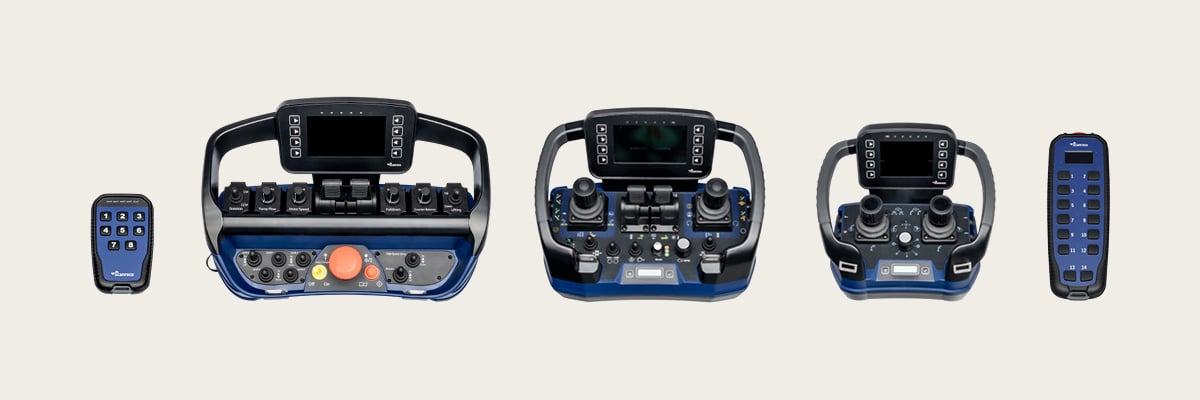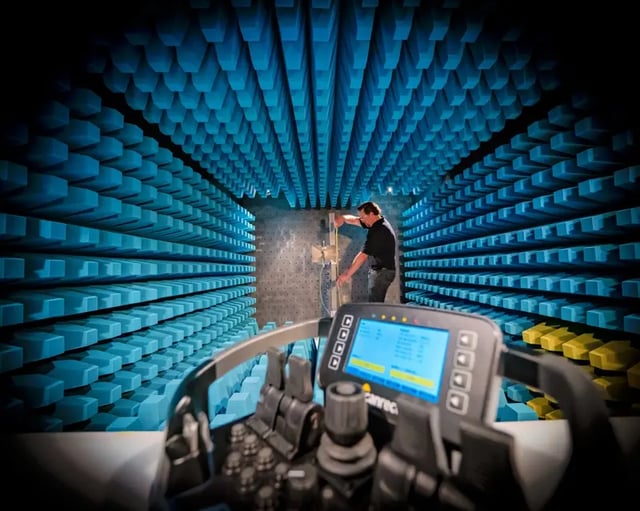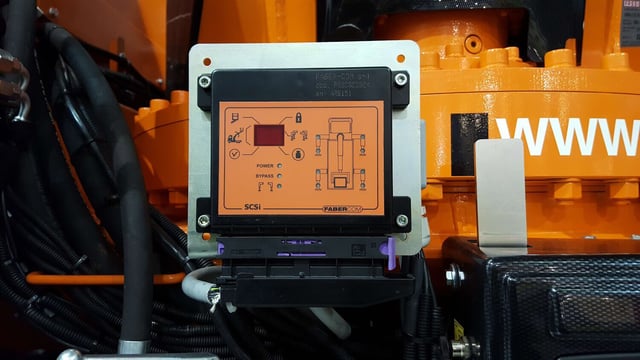As machinery grows more complex with heightened automation and power, ensuring that the control systems operate reliably and predictably becomes key. To us, functional safety is more than a regulatory requirement—it's a vital promise to both operators and machine owners.
Functional safety in machinery ensures that functions respond correctly even when unexpected issues arise. By implementing remote control solutions that comply with stringent international standards the equipment is prepared to operate safely across diverse applications. This adherence simplifies global market access and reassures both operators and inspectors, ultimately boosting operator confidence.Customizable options for diverse industrial applications
Our customizable options allow you to tailor remote controls to meet specific operational needs and logics ensuring optimal performance while maintaining its functional safety.
Our handheld transmitters like the Pocket and Rocket models offer configurable buttons and custom branding, providing branded and functional solutions. Bellypack transmitters like the Micro, Mini and Maxi platforms allow for the placement of joysticks and/or levers, switches, buttons, and other actuators, accommodating a wide range of machine control requirements.
Customization extends to optional high-resolution displays for real-time data, proportional buttons for precise control, and built-in charging ports for convenience. These options ensure that equipment operates efficiently while meeting the unique demands of each application.
Meeting international safety standards: PL and SIL
Adhering to international safety standards like Performance Level (PL) and Safety Integrity Level (SIL) is crucial for ensuring the reliability and safety of industrial machinery. These standards govern the safety-related parts of control systems, covering both function and design.
PL, as defined by ISO 13849-1, ranges from PL a (lowest) to PL e (highest), applying to electric, hydraulic, pneumatic, and programmable systems. Many OEMs find PL d sufficient for their machines, while certain high-risk tasks may require a remote control solution meeting the PL e classification.
SIL, under IEC 61508, ranges from SIL 1 (lowest) to SIL 4 (highest) and relates to the functional safety of electronic systems. It emphasizes life-cycle considerations and safety functions, providing a structured approach to achieving required safety levels.
Our transmitter models in the Flex series, meet both PL e and SIL 3. They offer rigorous protection for advanced or mission-critical equipment, enabling solutions that meet regulatory demands and operate safely with complex machinery.
How functional safety boosts operator confidence
Not unexpectedly, functional safety also plays a significant role in boosting operator confidence. When safety protocols are reliable, operators can focus on their tasks without worrying about potential system failures. This confidence leads to increased productivity.
Remote control transmitters that comply with standards like PL d, PL e, or SIL 3 provide assurance that machinery will respond to control demands correctly even in unexpected situations. Features like independent safety checks, as seen in the Scanreco Integrated Safety Platform (SISP™), introduce an extra layer of protection, continuously monitoring critical functions and fault conditions.
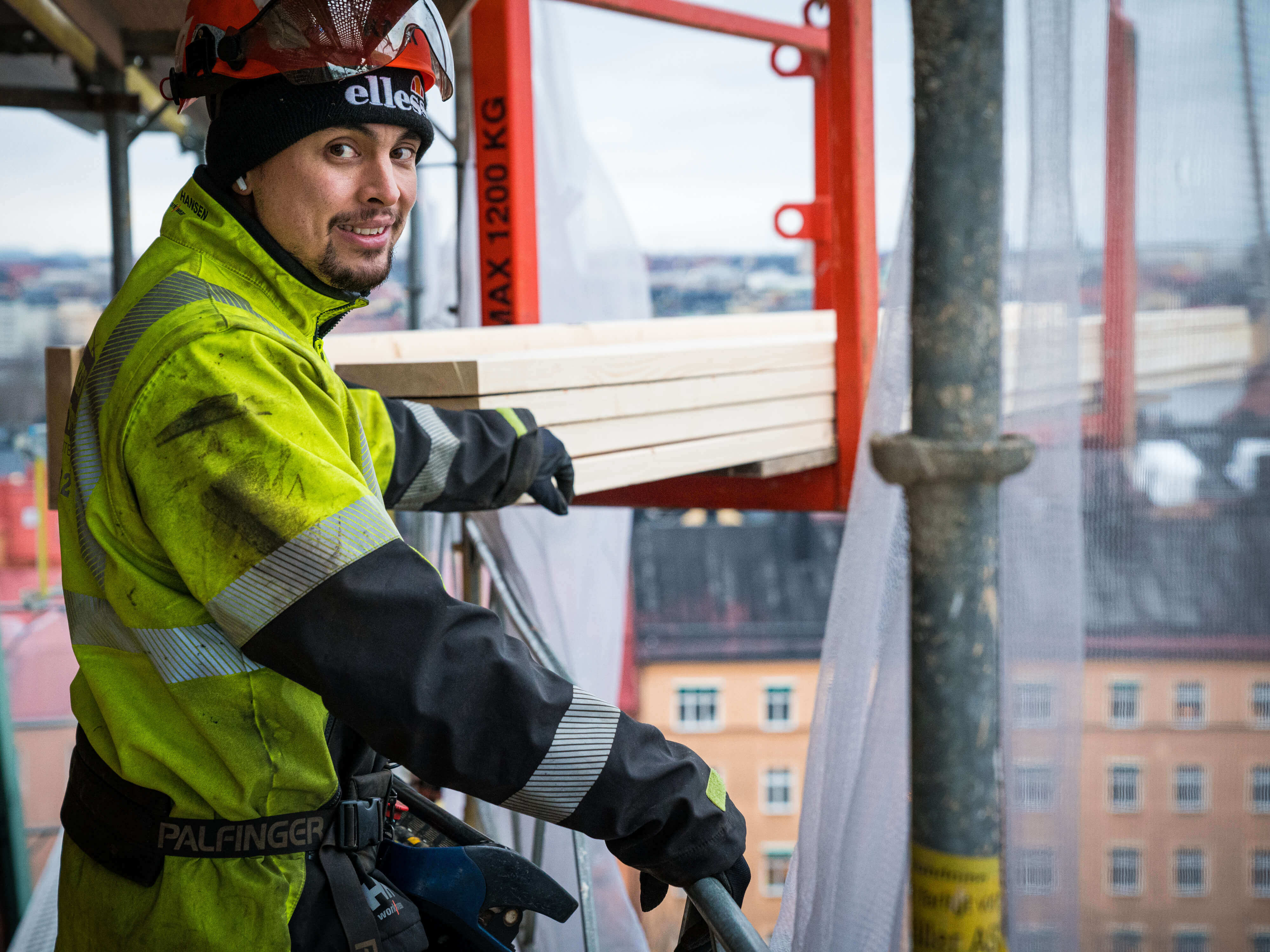
The future of industrial remote control technology
As machinery continues to evolve, remote control solutions must adapt to meet new challenges and opportunities. Our systems can provide the operator with real-time feedback from advanced sensors and cameras on the machine and IoT technology enables data collection and analysis, reducing downtime and improving overall efficiency. Customizable options offers you even greater flexibility in tailoring remote controls to your specific applications, while the functional safety in them remains.
